In the last few years, I’ve been on a quest for music by Hakka people in Taiwan. My dad’s family is of Hakka descent. The Hakka people are known as migrants living in diaspora in East and Southeast Asia, more specifically, in various parts of Taiwan and China. Growing up, I always sensed and was fascinated by the Hakka ethnicity coming from my paternal grandparents. Both my grandparents (my grandpa=Ah-gung and grandma=Ah-ma) grew up during the Japanese occupation in rural northern Taiwan (south of the capital city Taipei). They would speak Hakka to each other only when they needed to communicate in privacy or intimacy. My father speaks very little Hakka as his siblings. I speak next to nothing in Hakka – knowing only simple phrases like “eating” and “rice.” My grandparents’ Hakka identification seems to me private whereas their Japanese acculturation seemed more exterior and public. Perhaps they associate their Hakka identity with their past, their early childhood and family.
This summer I attended conference for the International Association for the Study of Popular (IASPM) Music in Liverpool, UK. Serendipitously, I met and befriends a number of dear and friendly scholars associated with the Inter-Asia group of IASPM. They invited me in treating me as a junior colleague or young cousin/sibling. It was a fortuitous meeting of wonderful people and scholars of incredible resources and knowledge.
Among these scholars was 何東洪, H0 Tung-Hong. Yet another serendipitous turn – Tung-Hong lives in the town where both my grandparents were born and raised in. His wife is related to my Ah-ma’s classmate who later became a well-known writer. He introduced me to a number of musicians and groups that I hadn’t heard of. I bugged him with questions about the roots and historical practices of Nakashi. With patience, he told me a brief account of the history and iconic figures of Nakashi in Taiwan. He even wrote down names for me (because writing in Chinese has become more challenging over the years).
I was especially intrigued by early Hakka musicians. The name 吳盛智, Wu Sheng-Zhi came up. He was the leader, singer, and guitarist of the well-known rock group Sunshine Band (陽光合唱團). His band performed lots of “Western” songs (from British and American records) all over the island of Taiwan. He was also hired as a session musician for one of the three television broadcast companies. Wearing his hair long while playing his electric guitar, “like a hippie Hakka,” W sang lots of Hakka tunes in the style of rock music, combining the Hakka mountain songs (Sheng ge) with rock music. Through his access to mainstream media, Hakka music was transmitted and distributed widely. He released the first Hakka album Not Fated in 1981. Wu passed at the age of 39 in a car accident in 1983.
Googling him, I found a short youtube video about Wu. The voice-over is in Hakka. Thankfully, this video has English and Mandarin Chinese subtitles. Zealously, I hereby announce the beginning for my discovery of Hakka music. [UPDATE: These videos have since been taken down from Youtube…] These are videos left:
Lyrical ballad:
late 70s pop-rock:
on the more disco side:
Short TV documentary about Wu, narrated in Hakka, with English subtitles]:
And I found a few resources articles on Wu:
http://www.hakka.gov.tw/ct.asp?xItem=26338&ctNode=1561&mp=278
http://www.hakkaonline.com/xspace/viewnews-2155.html
——————————————————————————
This entry was originally posted on Yellowbuzz on December 7, 2009.


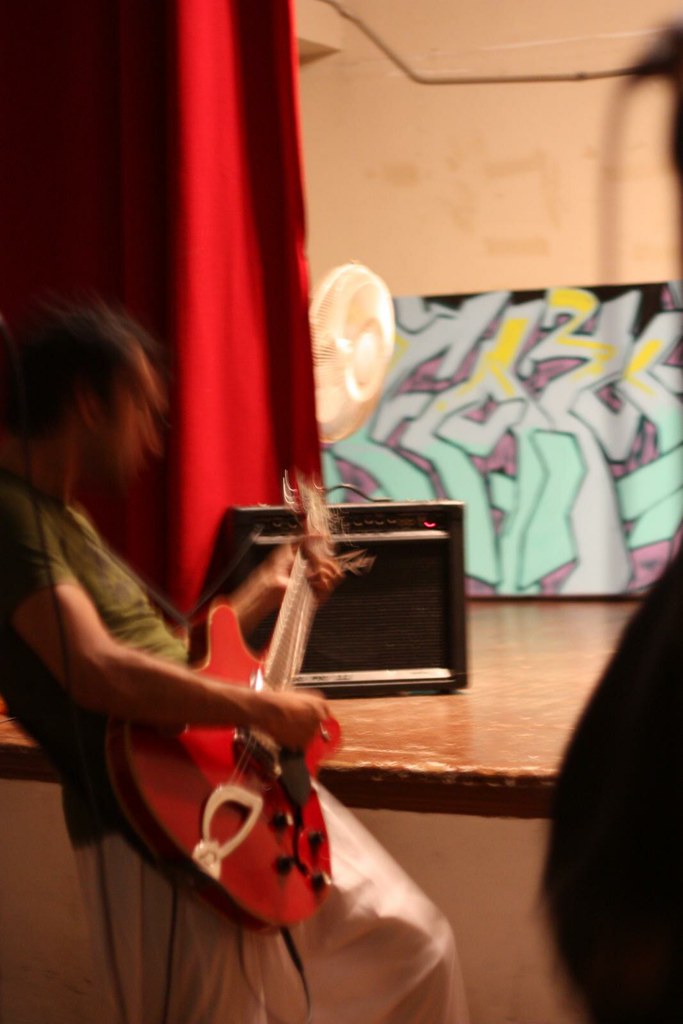
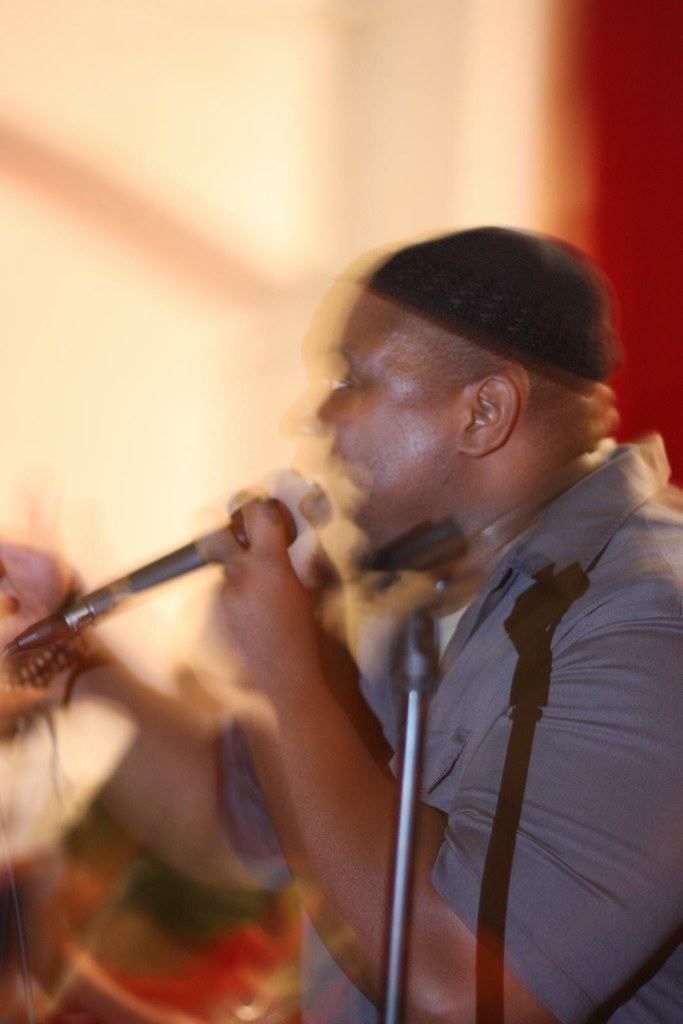
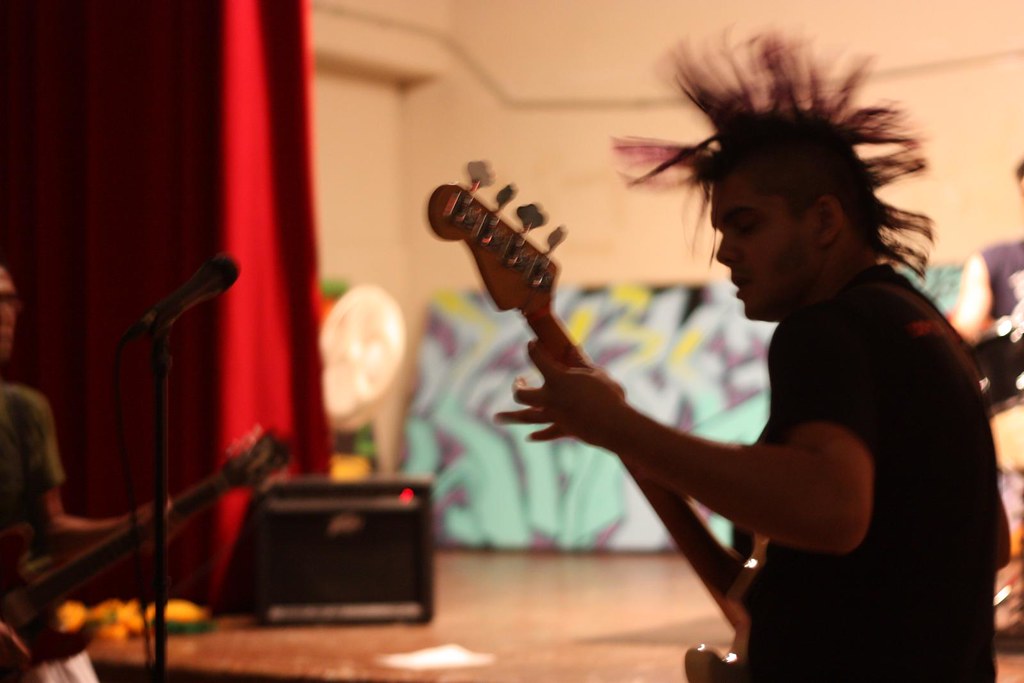
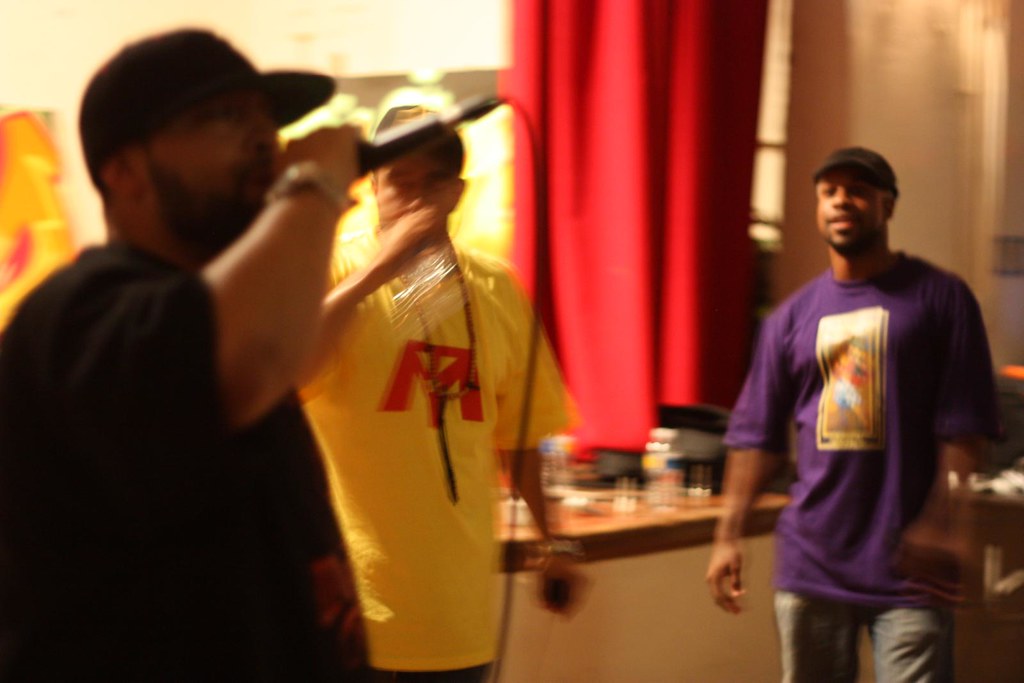


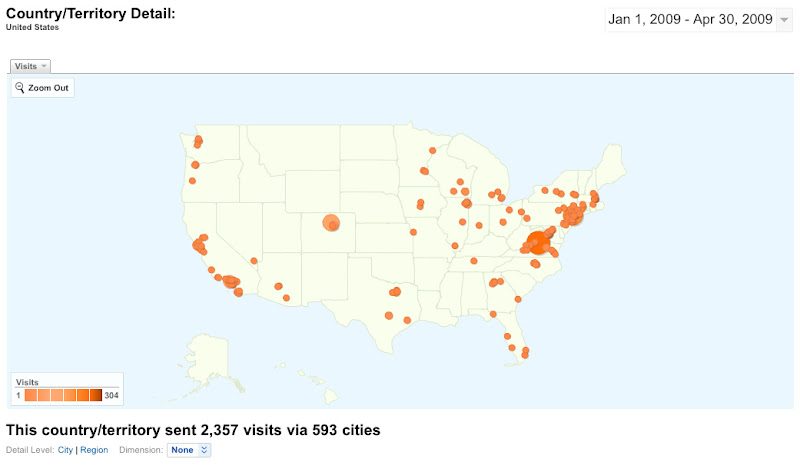
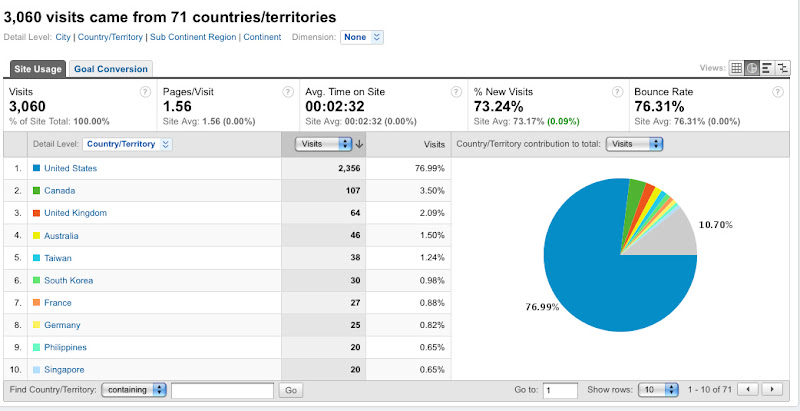
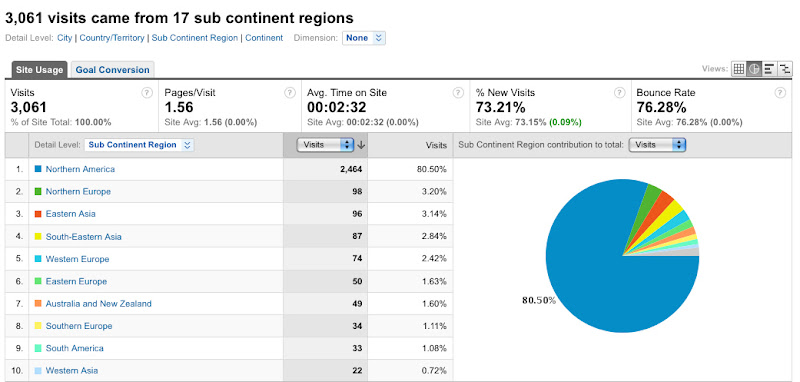


 bio
bio